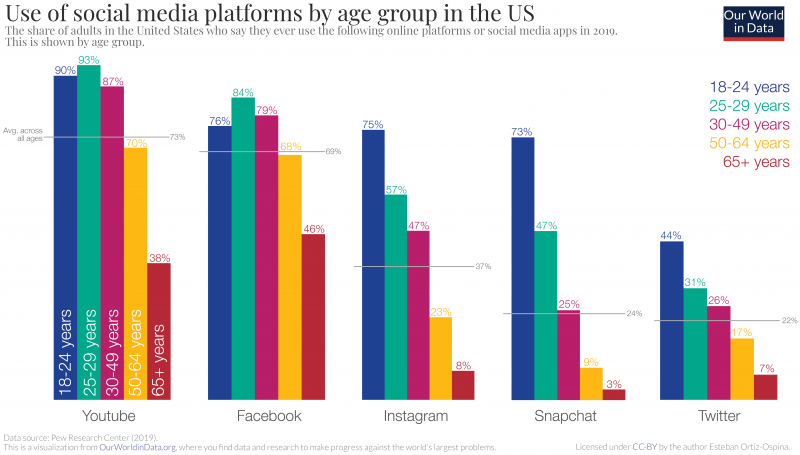AI and alt-X: Behind the hunt for more social media users ...
Facebook boasted more than 3.06 billion monthly active users (MAU) globally, Instagram had 2 billion, and YouTube 2.5 billion users. These seemingly unassailable leads, with closest rivals TikTok (1.5 billion) and Snapchat (800 million), reveal subplots within the social media ecosystem, where decentralised networks and AI are slowly emerging to prominent roles, amid a search for new audiences.
The Evolution of Social Media Platforms
The pursuit of an alternative to Twitter, since renamed X by Elon Musk, slowed but didn’t stall completely. Two networks that initially provided hope, Mastodon and Bluesky, never gained momentum to challenge X’s robust 611 million MAUs, according to research firm Statista. However, both networks have continued to evolve.
Since Bluesky announced Jack Dorsey’s departure from its board earlier this summer, the platform established a roadmap. Custom feeds, video content, and a new login tool called OAuth were planned, with direct messages already rolling out. Mastodon found a niche, which CEO and founder Eugen Rochko described as a “go-to place for journalism.”
The Role of AI in Social Media
The efforts of these platforms proved doubly impressive considering another Twitter contender, Post, had since shut down. Polarising content has often blighted X, which saw an exodus of advertisers for suspect content moderation since Musk’s takeover almost two years ago. Concerns arose that X’s user base had stopped growing, with the company not sharing metrics since Musk took over.

Threads and Mastodon bet big on ActivityPub, a protocol to take user posts into a decentralised social platform called Fediverse. ActivityPub aimed to create a structure based on open protocols allowing users to communicate regardless of their chosen server.
The Rise of Meta's AI
No one owned the Fediverse; it was a collection of independent, communicating servers. Threads users could enable Fediverse sharing for all posts. For Meta, this signified a change in approach to open-source projects, potentially allaying fears of Meta abandoning the Fediverse. That week, Meta released Llama 3.1 405B, their first frontier-level open-source AI model.

The Fediverse open-source protocol also had support from Flipboard, Medium, Mozilla, and PixelFed. On the AI front, Meta’s release of Llama 3.1 raised expectations that the company’s AI product across WhatsApp, Facebook, and Instagram would give smarter replies soon.
Zuckerberg expected Meta AI to become the most widely used assistant, surpassing ChatGPT, by year-end. The company rolled out Meta AI to its massive user base in India that summer. That week, new language support was added for 22 countries, including Hindi for users in India.
Enhancing User Experience with AI
AI in social networks increasingly proved to be a differentiator. X Premium and X Premium+ subscribers got access to Grok AI chatbot, which had distinctive Regular Mode and Fun Mode for replies.




















